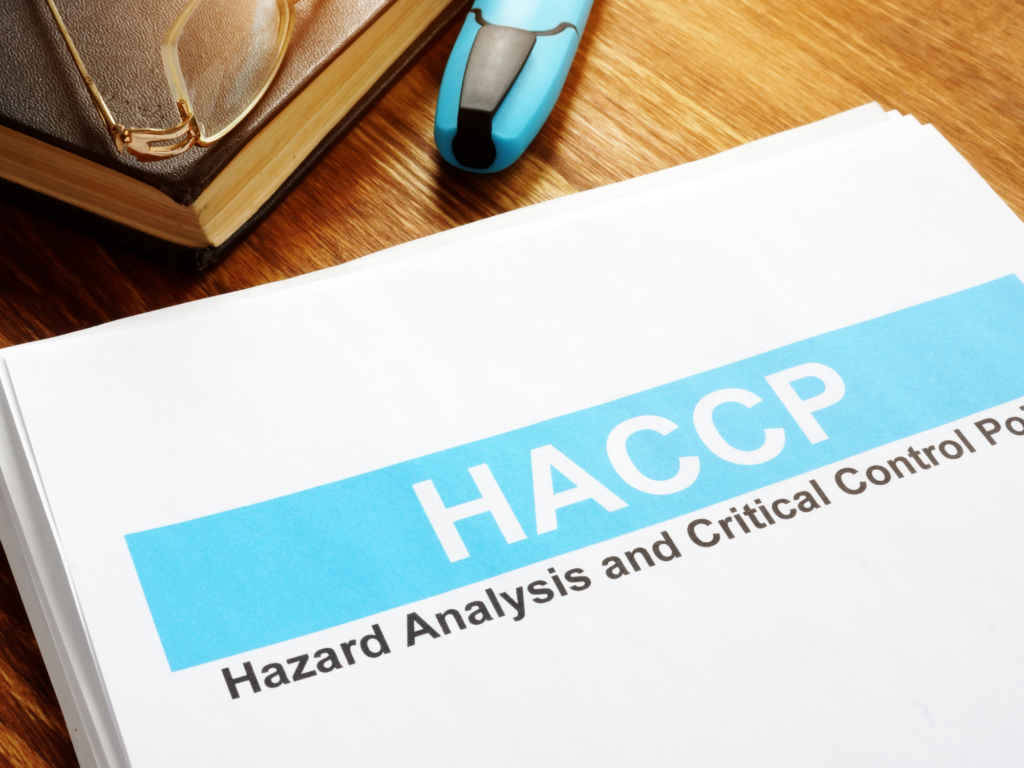If you are in the food industry, you know that you need to have a HACCP plan. But what is a HACCP plan, and how do you write one? In this blog post, we will discuss what a HACCP plan is and how to create one for your business.
A HACCP plan is a system that helps businesses ensure the safety of their food products. The plan includes steps that need to be taken to prevent, identify, and correct any potential hazards in the production process. To create a HACCP plan, you will need to assess your business’ specific needs and create procedures based on those needs.
There are seven steps to creating a HACCP plan:
Step One: Establish Your Critical Control Points (CCPs)
The first step in creating a HACCP plan is to establish your critical control points. CCPs are points in the production process where you can take steps to prevent or minimize hazards. You will need to identify what hazards could occur at each stage of production and determine which steps you can take to reduce those risks.
Step Two: Create Flowcharts and Procedures
Once you have identified your CCPs, you will need to create flowcharts and procedures for each step in the production process. The flowcharts should outline the steps that need to be taken at each stage of production, and the procedures should detail how those steps should be carried out.
Step Three: Assess the Hazards in Your Business
The next step is to assess the hazards that could occur at each stage of production. For example, if your business produces frozen food products, there are a number of things that could go wrong: you may use too much salt in your recipes, or you might undercook some items and make customers sick.
Step Four: Decide What Actions Need to be Taken to Address Those Hazards
 Once you have assessed the hazards in your business, you will need to decide what actions need to be taken to address those hazards. For example, if your business produces frozen food products and there is a risk of undercooked items making customers sick, then one action that could be taken is requiring employees to follow proper cooking procedures at all times.
Once you have assessed the hazards in your business, you will need to decide what actions need to be taken to address those hazards. For example, if your business produces frozen food products and there is a risk of undercooked items making customers sick, then one action that could be taken is requiring employees to follow proper cooking procedures at all times.
Step Five: Identify the Critical Limits for Each CCP
There will be a critical limit for each step in your production process. A critical limit is a threshold that, if met or exceeded, could lead to an unsafe product being produced. For example, if there is a risk of undercooked items making customers sick and you decide that the critical limit for that step is to ensure that all items are cooked properly, then any item that is undercooked would be considered unsafe.
Step Six: Create a System to Monitor Your CCPs
You will need to create a system to monitor your CCPs so that you can ensure they are being followed correctly. This could involve having employees check the temperature of food items as they are cooking, or it could involve checking a label on an item to make sure that no one has tampered with it.
Step Seven: Create Procedures for Corrective Actions
 If you find that your CCPs are not being followed correctly, then you will need to create procedures for corrective actions. This could involve having someone retrain the employee who failed to follow a CCP or it could involve throwing out an item that was not cooked properly and starting over from scratch.
If you find that your CCPs are not being followed correctly, then you will need to create procedures for corrective actions. This could involve having someone retrain the employee who failed to follow a CCP or it could involve throwing out an item that was not cooked properly and starting over from scratch.
When creating your HACCP plan, you should make sure that you are following all of these steps. A well-written HACCP plan will help you to produce safe and delicious food products for your customers.
If you are looking for more information on how to write a HACCP plan, then please visit our website
